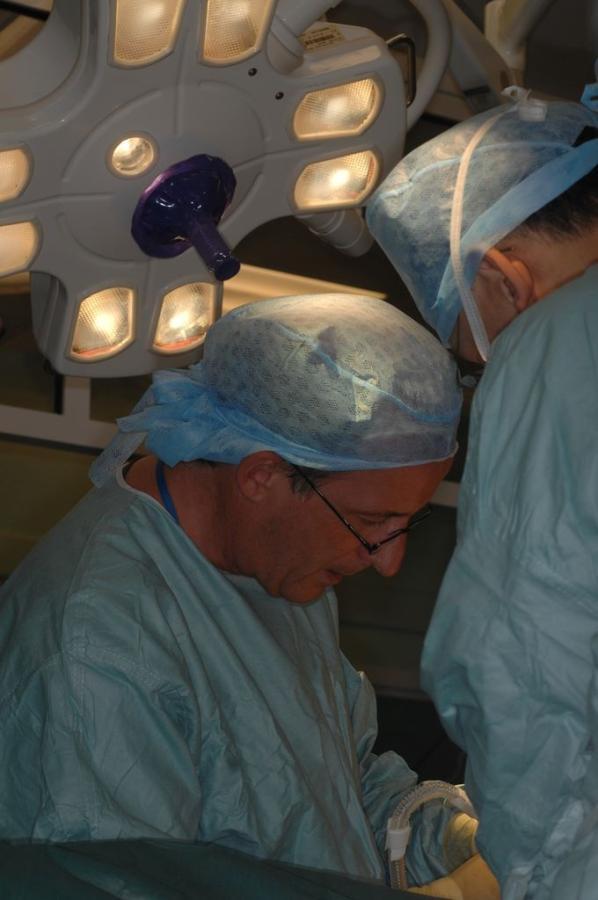A model co-designed by a professor at Anglia Ruskin University is expected to reduce the need for chemotherapy in up to 38% of breast cancer patients who would previously have been advised to consider the treatment.
The latest version of the PREDICT Breast model , published in the npj Nature journal and launched this week, uses the latest breast cancer survival data as well as taking into account the benefits and harms of chemotherapy and radiotherapy.
PREDICT Breast was initially launched in 2010 by Gordon Wishart, Professor of Cancer Surgery at ARU and then Director of the Cambridge Breast Unit at Cambridge University Hospitals NHS Foundation Trust, and Paul Pharoah who at the time was Professor of Cancer Epidemiology at University of Cambridge. They brought together a team of leading clinicians and scientists to develop and validate the PREDICT Breast model, which was based on Cancer Registry data from the UK.
PREDICT Breast has been continuously updated since its launch and allows estimation of 10 and 15-year survival, as well as the absolute benefits of chemotherapy, trastuzumab, hormone therapy and bisphosphonates, to allow appropriate use of these therapies. The model is currently used worldwide by over 40,000 clinicians and their patients each month.
The new version has been largely unfunded, but the recently published data is now being followed up by a further study in the United States, using data from the SEER (Surveillance, Epidemiology, and End Results programme) database.
Professor Wishart, now Chief Medical Officer at Check4Cancer alongside his visiting role at ARU, said: “Chemotherapy can cause significant physical effects such as nausea, weight loss, fatigue, bleeding, bruising and increased risk of infection. The data from the new model shows that for a significant number of women with breast cancer, chemotherapy can be safely avoided.
“The PREDICT Breast model has not been built with artificial intelligence, but highlights that significant innovations can be achieved by using high quality data and traditional statistical and epidemiological principles.
The next development phase will examine the additional prognostic benefit, if any, of expensive genetic risk profile tests over and above that of the free-to-user PREDICT Breast model.”



